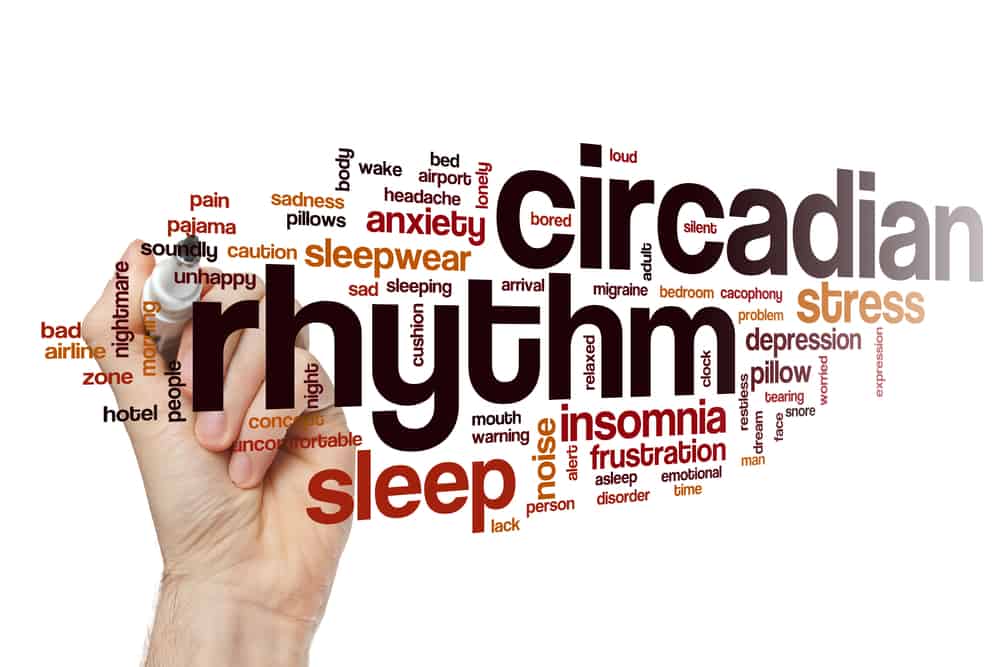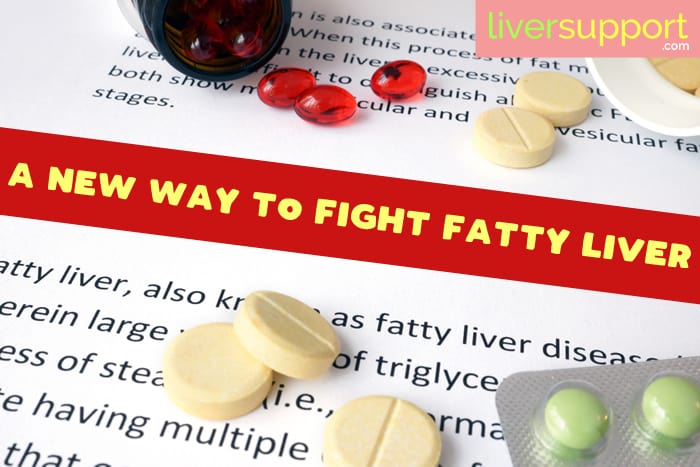
Previous
How Does CBD Oil Support Your Liver?

Next
Does Detox Tea Help Your Liver?
A New Way to Fight Fatty Liver
The time of day may play a part in liver fat accumulation, a discovery that could change attempts to treat fatty liver and metabolic syndrome.
Fatty liver disease and metabolic syndrome keep surfacing as two of the biggest health challenges of our time. Although more healthcare providers are recognizing this, prevention and treatment for a fatty liver and metabolic syndrome remain unclear.
According to Stanford researchers, non-alcoholic fatty liver disease and metabolic syndrome affect approximately one-third of the U.S. population.
What Are Fatty Liver and Metabolic Syndrome?
- Metabolic syndrome is a group of conditions – increased blood pressure, high blood sugar, insulin resistance, excess body fat around the waist, abnormal cholesterol or triglyceride levels, and excess fat in the liver that – that occur together that increase your risk of heart disease, stroke and diabetes.
- Non-alcoholic fatty liver disease (NAFLD) is a liver condition affecting people who drink little to no alcohol but have too much fat stored in their liver. NAFLD is often found in people who are overweight, have insulin resistance, high blood sugar and high triglycerides.
Overnutrition – A leading cause of Fatty Liver and Metabolic Syndrome

An estimated one billion people worldwide experience overnutrition – where the amount of calorie and nutrient intake exceed the amount required for normal growth, development, and metabolism.
According to senior author Mitchell Lazar, MD, PhD, director of Penn’s Institute for Diabetes, Obesity and Metabolism and chief of the division of Endocrinology, Diabetes and Metabolism, “Studying the harmful effects of overnutrition is a top priority, especially in the United States where metabolic disorders have reached epidemic proportions.”
Lifestyle Changes to Combat Overnutrition
Lifestyle modifications such as eating a high-fiber, low-sugar, low-saturated fat diet, exercising regularly and supplementing with milk thistle are three of the best strategies to reduce the development or worsening of both NAFLD and metabolic syndrome.
Time of Day May Also Play a Part
New research from the University of Pennsylvania highlights time of day as a surprising component of liver fat accumulation – a discovery that could change attempts to treat it.
Published in the August 2018 edition of the journal Cell, University of Pennsylvania School of Medicine researchers found that as liver fat production increases, so does the body’s ability to burn fat.
These opposing physiological processes reach their peak activity each day in the body around 5pm.
Tracking fat production and fat burning illustrates an unexpected connection between:
- Overeating
- Circadian rhythms
- Fat accumulation in your liver
Circadian Rhythms

Circadian rhythms are physical, mental, and behavioral changes that follow a daily cycle, primarily responding to light and darkness in the environment.
Fat creation and fat burning follow 3 circadian rhythms:
- Physiological processes that occur every 24 hours.
- Feedback loops from core clock proteins located in every cell of your body.
- Integration of environmental stimuli and genetic information to control rhythmic gene expression.
A misalignment of the circadian rhythm schedule is increasingly recognized as a risk factor for metabolic disorders. As such, healthcare providers recognize that night shift workers and people with sleep disorders have an increased risk of metabolic diseases.
The Role of Chronotherapy in Fighting Fatty Liver and Metabolic Syndrome
Chronotherapy aims to treat an illness or disorder that takes into account the body’s natural rhythms and cycles. Administering drugs at times when they are most impactful and tolerated can enhance effectiveness.
Thus, chronotherapy may support NAFLD and metabolic syndrome treatment.
As detailed in the University of Pennsylvania research:
- A protein called PPAR-alpha controls the rhythm of fat burning.
- PPAR-alpha is the target of drugs called fibrates, which are already used to lower lipids in the blood.
- The amount of PPAR-alpha in the liver peaks around 5 p.m.
- A short-acting PPAR-alpha drug reduced liver fat more when it was given in the afternoon than when it was given in the morning.
Conclusion
Overnutrition can lead to fatty liver, metabolic syndrome and a host of other illnesses. You should monitor what you eat, how often, and remember to exercise. Although using chronotherapy to treat fatty liver and metabolic syndrome is in its infancy, the implications of this University of Pennsylvania research is firmly established.
Until that fatty liver and metabolic syndrome magic pill becomes available, taking milk thistle or other liver health supplements (such as Natural Wellness’s Clinical LiverSupport which is known for reducing fat accumulation in your liver) just before 5pm is probably the best way you can use this circadian rhythm research to benefit your liver.
https://www.cell.com/cell/fulltext/S0092-8674(18)30799-2, Diet-Induced Circadian Enhancer Remodeling Synchronizes Opposing Hepatic Lipid Metabolic Processes, M. Lazar, et al, Retrieved August 18, 2018, Cell, August 2018.
https://www.mayoclinic.org/diseases-conditions/metabolic-syndrome/symptoms-causes/syc-20351916, Metabolic Syndrome, Retrieved August 18, 2018, Mayo Foundation for Medical Education and Research, 2018.
https://www.ncbi.nlm.nih.gov/pubmed/29128053, Nonalcoholic Fatty Liver Disease and Metabolic Syndrome, Kim D, et al, Retrieved August 19, 2018, Clinics in Liver Disease, February 2018.
https://www.nigms.nih.gov/Education/Pages/Factsheet_CircadianRhythms.aspx, Circadian Rhythms, Retrieved August 19, 2018, National Institute of General Medical Sciences, 2018.
https://www.pennmedicine.org/news/news-releases/2018/july/fat-production-and-burning-are-synchronized-in-livers-of-mice-with-obesity-penn-study-finds, Fat Production and Burning are Synchronized in Livers of Mice with Obesity, Penn Study Finds, Retrieved August 18, 2018, The Trustees of the University of Pennsylvania, 2018.
https://www.sciencedaily.com/releases/2018/07/180726162757.htm, Fat production and burning are synchronized in livers of mice with obesity, Retrieved August 18, 2018, ScienceDaily, 2018.






